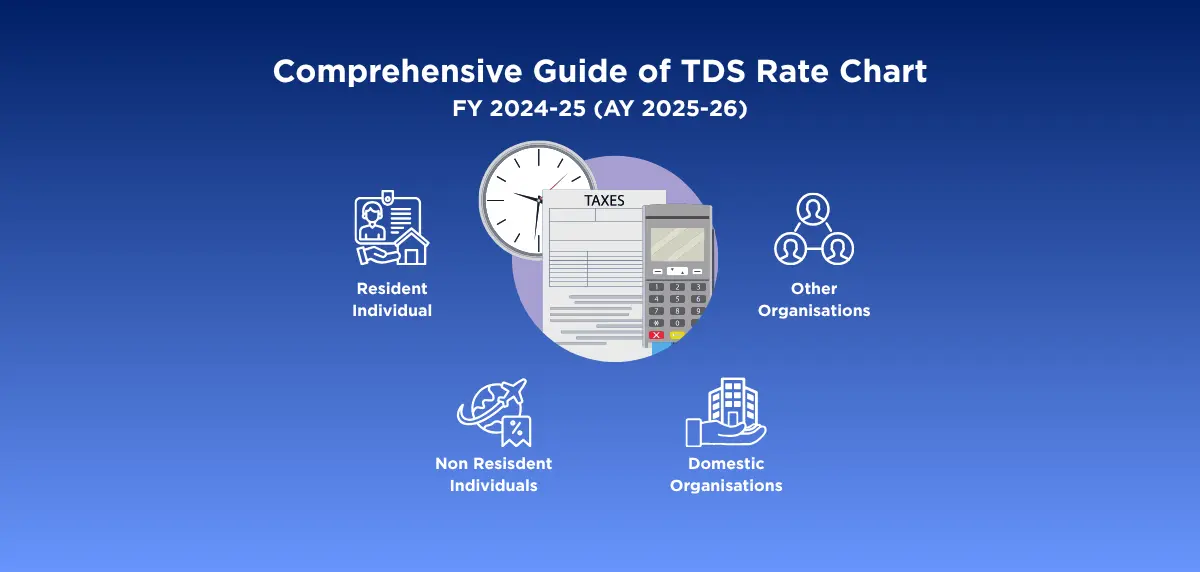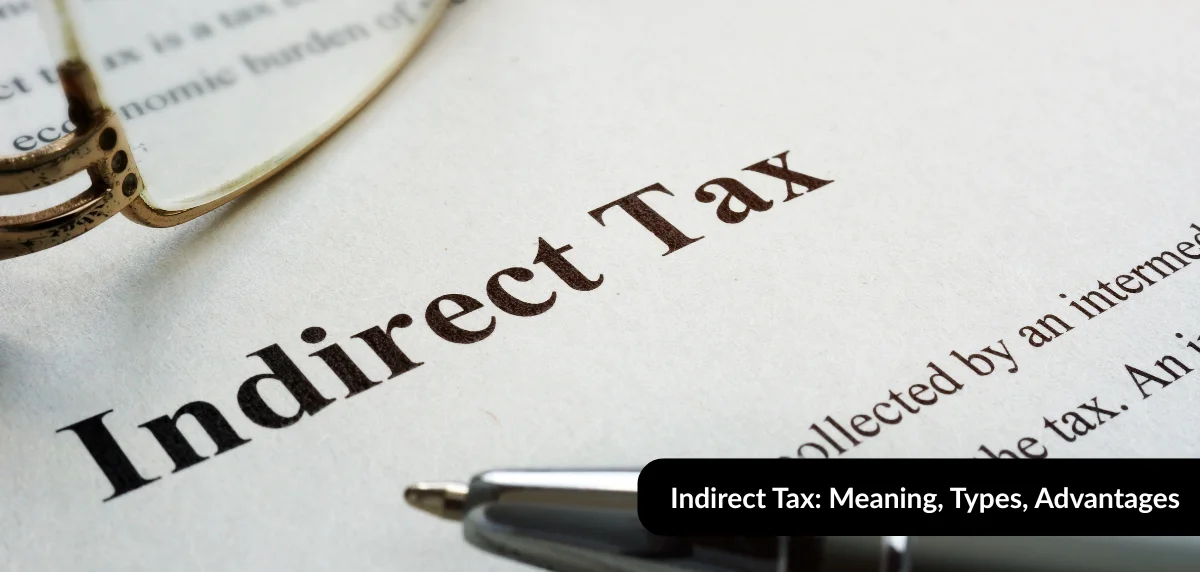Retirement brings a new phase of life for an individual to experience, where financial planning takes a different turn, especially when it comes to understanding income tax obligations. Pensioners in India need to be well-informed about the tax implications of their pension income to manage their finances effectively. Let’s go through the intricacies of income tax calculation for pensioners, for some clarity on the subject.**
Understanding Pension Income**
Pension income in India is broadly categorised into two types. Here is a look at this categorisation.
This is a lump sum payment received by a pensioner instead of periodic payments.
A Commuted Pension Plan allows retirees to opt for a portion of their pension as a one-time lump sum, offering flexibility in managing post-retirement expenses.
It is exempt from tax if received by government employees. For non-government employees, it is partially exempt.
Regular pension payments received periodically are referred to as uncommuted pension payments.
This is treated as salary income and fully taxable under the Income Tax Act.
Income Tax Calculation for Pensioners**
The income tax calculation for pensioners follows the same structure as for salaried individuals, with certain additional benefits and deductions. Here's a step-by-step guide to understanding how pensioners can calculate their income tax:
Pension Income: Include uncommuted pension as part of the total income.
Other Sources of Income: Include income from interest, rental income, or any other source.
Standard Deduction: Pensioners are eligible for a standard deduction of ₹50,000.
Section 80C: Deduction up to ₹1.5 lakh for investments in specified instruments such as Public Provident Fund (PPF), National Savings Certificate (NSC), and life insurance premiums.
Section 80D: Deduction for health insurance premiums up to ₹50,000 for senior citizens.
Section 80TTA/80TTB: Deduction up to ₹50,000 on interest income from savings accounts or fixed deposits for senior citizens.
Calculate Taxable Income:
Subtract all applicable deductions from the total income to arrive at the taxable income.
Apply the income tax slabs for senior citizens to compute the tax liability. The current income tax slabs for senior citizens (aged 60 to 80) are as follows:
Income Range (₹)
| Tax Rate
|
Up to 3,00,000
| Nil
|
3,00,001 to 5,00,000
| 5%
|
5,00,001 to 10,00,000
| 20%
|
Above 10,00,000
| 30%
|
For super senior citizens (aged 80 and above), the slabs are:
Income Range (₹)
| Tax Rate
|
Up to 5,00,000
| Nil
|
5,00,001 to 10,00,000
| 20%
|
Above 10,00,000
| 30%
|
Section 87A: Rebate up to ₹12,500 for individuals with taxable income up to ₹5 lakh.
Health and Education Cess: 4% of the income tax payable.
Pension Income Tax Calculator**
A pension income tax calculator is a helpful tool for pensioners to estimate their tax liability. By inputting details such as total pension income, other sources of income, and applicable deductions, pensioners can quickly calculate their tax liability. This tool simplifies the process and aids in better financial planning.
Monthly Pension Calculator**
A monthly pension calculator helps in determining the monthly pension amount based on factors such as the lump sum corpus, annuity rates, and the type of pension plan. Using this calculator, pensioners can plan their monthly expenses and understand the impact on their overall financial health.
Let's illustrate the income tax calculation for a pensioner with a practical example.
Example Scenario:
Total Pension Income: ₹6,00,000
Interest Income: ₹1,00,000
Standard Deduction: ₹50,000
Section 80C Deduction: ₹1,50,000
Section 80D Deduction: ₹50,000
Step-by-Step Calculation
1. Total Income:
Pension Income: ₹6,00,000
Interest Income: ₹1,00,000
Total Income: ₹7,00,000
2. Deductions:
Standard Deduction: ₹50,000
Section 80C: ₹1,50,000
Section 80D: ₹50,000
Total Deductions: ₹2,50,000
3. Taxable Income:
Total Income: ₹7,00,000
Total Deductions: ₹2,50,000
Taxable Income: ₹4,50,000
4. Tax Liability:
Up to ₹3,00,000: Nil
₹3,00,001 to ₹4,50,000: ₹1,50,000 * 5% = ₹7,500
Total Tax Liability: ₹7,500
5. Rebate and Cess:
Section 87A Rebate: ₹7,500 (since taxable income is below ₹5 lakh)
Health and Education Cess: 4% of Nil = Nil
Net Tax Payable: Nil
Importance of a Pension Plan
A well-structured pension plan ensures financial security and stability during retirement. It provides a steady income stream, helping retirees maintain their standard of living. There are various types of pension plans available, including:
Immediate Annuity Plans: Provide immediate regular income after retirement.
Deferred Annuity Plans: Accumulate savings over time and provide income beginning at a future date.
National Pension System (NPS): A government-backed pension scheme offering market-linked returns and tax benefits.
Public Provident Fund (PPF): A long-term investment option with fixed returns and tax benefits.
Understanding income tax calculation for pensioners is crucial for effective financial management during retirement. By leveraging tools such as a pension income tax calculator, pensioners can accurately estimate their tax liabilities and plan their finances better. Additionally, investing in a suitable pension plan can provide financial security and peace of mind, ensuring a comfortable retirement. Staying informed about the latest tax regulations and available deductions will help pensioners optimise their tax savings and make the most of their retirement income.
** Tax exemptions are as per applicable tax laws from time to time.
Disclaimers:
Unit Linked Insurance Products are different from the traditional insurance products and are subject to risk factors. The Premium paid in unit-linked life insurance policies are subject to investment risks associated with capital markets and NAVs of the units may go up or down, based on the performance of fund and factors influencing the capital market and the insured is responsible for his/her decisions. IndiaFirst Life Insurance Company Limited is only name of the Insurance Company and _________________ (UIN__________) is only the name of the Unit Linked Life Insurance contract and does not in any way indicate the quality of the contract, its future prospects, or returns. Please know the associated risks and the applicable charges from your Insurance Agent or the Intermediary or policy document issued by the Insurance Company. The various funds offered under this contract are the names of the funds and do not in any way indicate the quality of these plans, their future prospects and returns. For more details on risk factors and terms and conditions, please read the sales brochure carefully before concluding the sale.
IndiaFirst Life Insurance Company Limited, IRDAI Regn No.143, CIN: U66010MH2008PLC183679, Address: 12th & 13th floor, North [C] Wing, Tower 4, Nesco IT Park, Nesco Center, Western Express Highway, Goregaon (East), Mumbai – 400 063. Toll free No – 1800 209 8700. Email Id:customer.first@indiafirstlife.com, Website :www.indiafirstlife.com, Fax No. +91226570600. Trade logo displayed above belongs to our promoter M/s Bank of Baroda and is used by IndiaFirst Life Insurance Co. Ltd. under license. Adv. Ref. No.:_________.






















